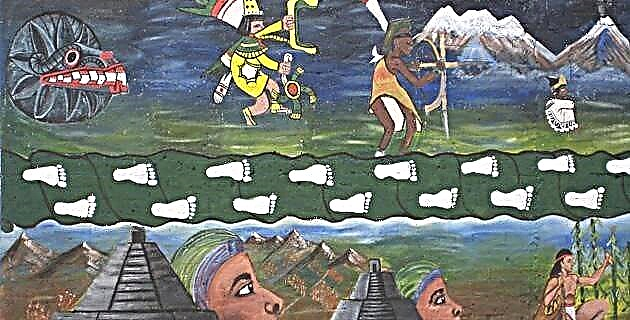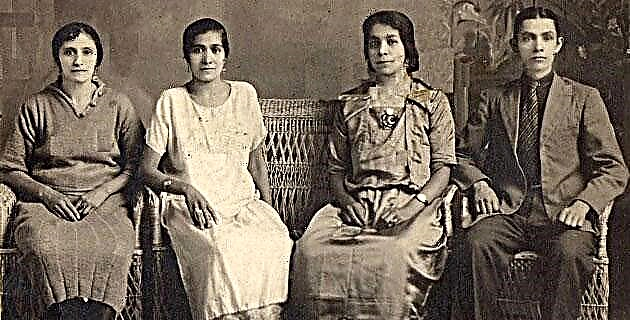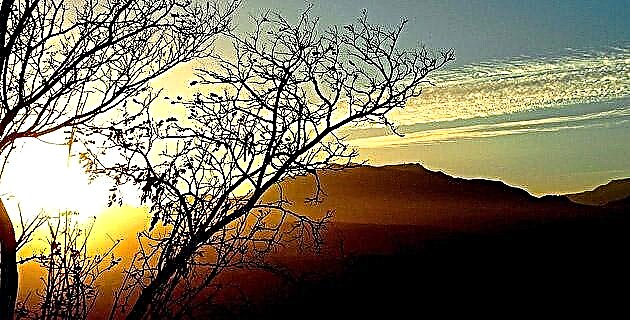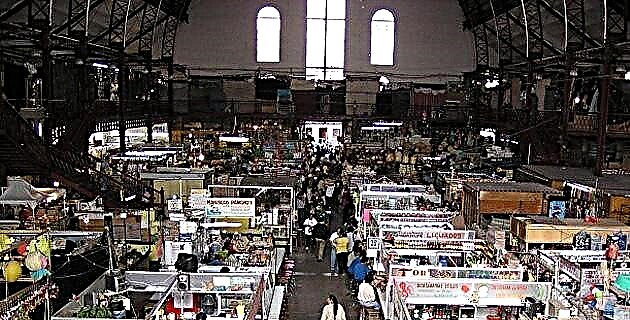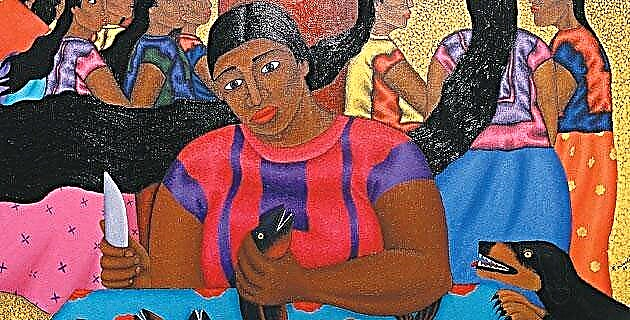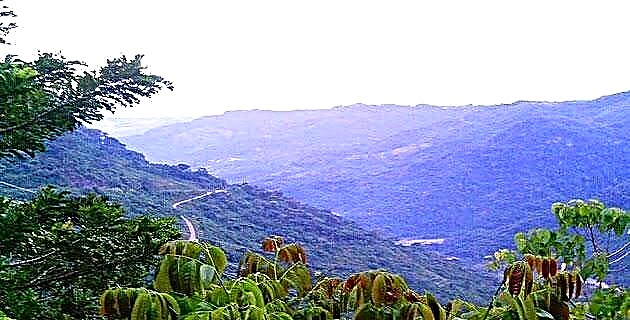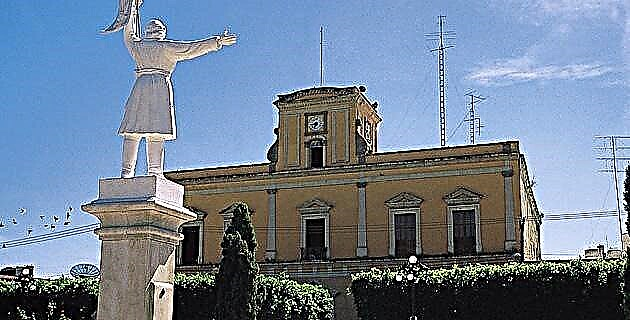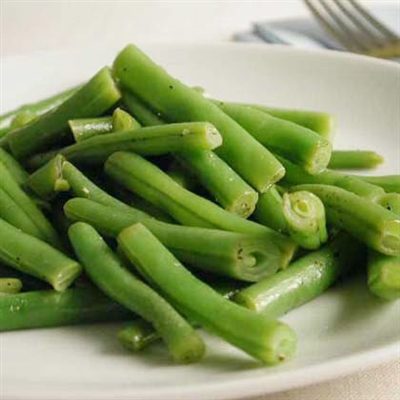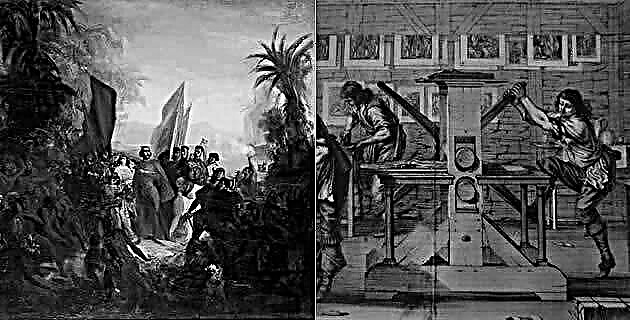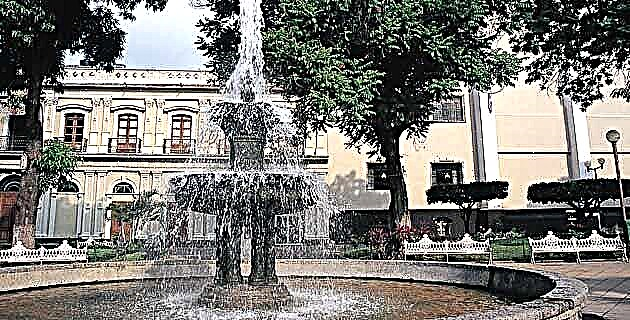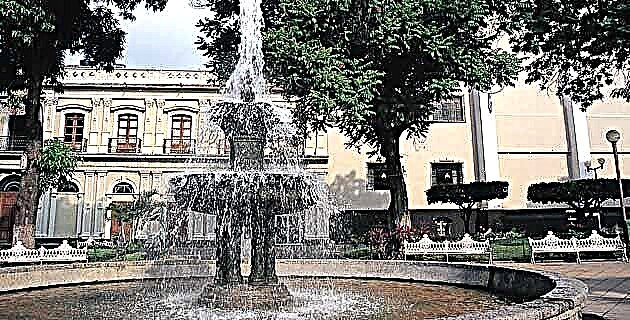
Sheltered by the Nevado de Colima and the Fuego volcano, the city of Colima, capital of the homonymous state of the Mexican Republic, unfolds. The rhythm of life in the center of the so-called "City of Palms" oscillates between modernity and the tranquility of the province. The reasons to visit Colima are innumerable, so here we propose a lightning trip, but with enough time to appreciate and enjoy this beautiful piece of the west of our country.
FRIDAY
When we arrived in Colima we were pleasantly surprised by the stillness and harmony of this peaceful city. Without even realizing it, we slowly released the accelerator, becoming infected by the slow rhythm of its streets, while the palm trees and the humid and warm air reminded us, in case we had forgotten, that the sea is very close.
We go to the center, where we find the comfortable and traditional Hotel Cevallos, located in the portals. Here we begin to experience the unique flavor of the province, through its colonial architecture and its memories of yesterday's Colima that the Cevallos family so aptly preserved to the astonishment of their guests.
After the pleasant welcome we decided to go out to enjoy the excitement of the square. To stretch our legs and rest from the trip, we take a walk around the LIBERTAD GARDEN, and although it is already getting dark, we discover the central attraction of the garden surrounded by palm trees and lush trees: the kiosk, brought from Belgium in 1891, and in which all Thursdays and Sundays you can enjoy pleasant musical evenings.
We take a look at the facade of the Cathedral and the Municipal Palace, which, although closed, stand out in the landscape with their lights on. We then went to the ANDADOR CONSTITUCIÓN, next to the hotel. Here we savor a nutty snow of the "Joven Don Manuelito", traditional since 1944, while we enjoy the notes of a troubadour's guitar and the small exhibition of a painter that offered his landscapes and portraits.
We hurried to the end of the walkway and arrived at the DIF handicraft store, where in a few minutes we got to know the wide range of Colimota handicrafts: indigenous costumes, such as the traditional white dresses embroidered in red used during the Virgen de Guadalupe festivities, or the famous xoloitzcuintles puppies molded in clay.
After this fascinating tour we go to the GREGORIO TORRES QUINTERO GARDEN, just behind the Cathedral.
Although the lack of light did not allow us to appreciate in its true dimension the beauty of this space where mangoes, tabachines and palm trees grow, we visited the stalls of crafts and curiosities. Here we taste a very special and unique drink of the region: bat. From a bule the seller extracted a thick and grayish drink, while he explained that it is made from a seed known as chan or chia, which is roasted, ground and finally mixed with water. Before giving us the concoction, he poured a good jet of brown sugar honey into it. Recommended only for adventurous foodie spirits.
Already relaxed from the trip and after this brief but substantial approach to the colimota culture, we decided to calm the hunger that had long awakened. We headed to a small restaurant that we discovered at the top of the PORTALES HIDALGO.
We ate our first colimotas appetizers: soups and delicious sirloin and seafood tostadas, accompanied by a refreshing beer, while we enjoyed the landscape of the Cathedral and the Libertad Garden that, from above, can be appreciated in this open place.
SATURDAY
In order not to go too far, we decided to have breakfast at the hotel, since the buffet in sight catches our craving.
We settle on an umbrella in the portal and with a sip of coffee and a picón, we begin to discover the buildings, trees, people and all the things that the sunlight has awakened.
More anxious than the night before, we visited the BASILICA MINOR CATEDRAL DE COLIMA. It was built in 1894, and since then, they tell us, it has undergone various restorations due to the damage caused by the intense seismic activity in the area. Neoclassical in style, it has two towers in front and a dome; like its exterior, the interior is sober.
From here we go to the PALACIO DE GOBIERNO, right next to the Cathedral. It is a two-storey building, in the French neoclassical style, which is in harmony with the Cathedral. The construction of the palace was completed in 1904 and, like the Cathedral, it was a project of the master Lucio Uribe. On the outside there is a bell, a replica of that of Dolores, and a watch brought from Germany. Upon entering, the courtyard delimited by arches catches our eyes, as do the murals that can be seen when going up to the second level, made in 1953 by Jorge Chávez Carrillo, colimota artist.
When we leave, we are attracted to the Libertad Garden which, in front of us, promises to refresh us from the intense heat that is already felt at this time of day. We ran into one of the famous tuba vendors, who with his proclamation: “tuba, fresh tuba!”, Encourages us to refresh ourselves even more with this sweet juice extracted from the palm flower, complemented with pieces of apple, cucumber and peanuts.
We walk over the garden and arrive at the corner of Hidalgo and Reforma, where we find the REGIONAL MUSEUM OF HISTORY. This building, which dates back to 1848, has been a private house, hotel and, since 1988, opened its doors as a museum. On its ground floor, among the archaeological pieces, we are surprised by the replica of a shaft tomb, characteristic of the region, which we can appreciate through a thick glass on which we walk. Here you can see how people were buried accompanied by some of their belongings and Xoloitzcuintles dogs, which were believed to serve as guides to the other world. In the upper part documents and objects are exhibited that narrate the historical development from the conquest to beyond the Mexican Revolution.
We take the Constitution Corridor again and two streets to the north we arrive at the HIDALGO GARDEN, where there is an extremely interesting and exact EQUATORIAL SUN WATCH. It was designed by the architect Julio Mendoza, and has explanatory sheets about its operation in various languages. the square is dedicated to the "father of the country", Don Miguel Hidalgo y Costilla, and is located next to the TEMPLE OF SAN FELIPE DE JESÚS, whose main altarpiece is made up of six niches and topped with a Christ on his cross. Attached to the temple is the CAPILLA DEL CARMEN, a sober space where a beautiful representation of the Virgin of Carmen with the Child in her arms stands out.
In front of Plaza Hidalgo is the PINACOTECA UNIVERSITARIA ALFONSO MICHEL, where we had the opportunity to admire part of the work of this outstanding colimota artist. They tell us that Alfonso Michel's work is considered outstanding in 20th century Mexican painting, when it was immortalized through works on Mexican themes expressed with cubist and impressionist styles. The building is a sample of the traditional architecture of the area; their
cool corridors delimited by arches lead us to various rooms where exhibitions of local artists are held.
Between the heat and the walk our appetite has been awakened. We head to LOS NARANJOS, a restaurant a few blocks away, where we satisfy our craving with some mole enchiladas and a meat enchilada accompanied by refried beans. The choice has not been easy, since its menu offers a wide variety of regional gastronomy.
To continue our tour of the city we boarded a taxi to go to the PARQUE DE LA PIEDRA LISA, where we found the famous monolith that was thrown by the Fuego volcano thousands of years ago. According to a popular legend, whoever comes to Colima and slides on the stone three times, either stays or returns. As if it were, we slipped three times to ensure our return.
THE PALACIO LEGISLATIVO Y DE JUSTICIA, the work of the architects Xavier Yarto and Alberto Yarza, is a pleasant modernist building; Inside there is an interesting mural entitled The Universality of Justice, the work of the teacher Gabriel Portillo del Toro.
We immediately arrived at the ASSEMBLY OF THE SECRETARIAT OF CULTURE. Here, on an esplanade that has a sculpture by Juan Soriano entitled El Toro, we find three buildings: to the right is the BUILDING OF WORKSHOPS, where various artistic disciplines are taught. The ALFONSO MICHEL HOUSE OF CULTURE, also known as the Central Building, is located immediately, where various artistic exhibitions take place, as well as a permanent exhibition of the painter Alfonso Michel. Here is the REGIONAL FILMOTECA ALBERTO ISAAC and an auditorium.
The third building is the MUSEO DE LAS CULTURAS DE OCCIDENTE MARÍA AHUMADA DE GÓMEZ, where a large sample of the archeology of the region is exhibited. The museum is divided into two areas: the first, on the ground floor, shows the history of the Colimota culture dividing it into phases. In the second area, which occupies the upper floor, various pieces are displayed that speak of some pre-Hispanic cultural expressions of the region, such as work, clothing, architecture, religion and art.
Time is running fast, and so that you do not escape from our tour, we moved to the UNIVERSITY MUSEUM OF POPULAR ARTS, as it has been widely recommended to us. We were pleasantly surprised by the extensive variety of crafts that are exhibited here. From the most traditional works, to incredible pieces of popular imagery from all over the country: clothing for popular festivals, toys, masks, kitchen utensils, metal miniatures, wood, animal bones, natural fibers and clay.
Another important point when visiting Colima is VILLA DE ÁLVAREZ, a town whose origin is established at the end of the 18th century. It was given the name of Villa de Álvarez in 1860 in honor of General Manuel Álvarez, the first governor of the state. In this town, which received the rank of city in 1991, we find the TEMPLE OF SAN FRANCISCO DE ASÍS, a neoclassical style and recently created (its construction began in 1903). The temple is surrounded by the traditional portals of a hamlet that still preserves the traditional architecture of tiled roofs and cool patios inside the houses.
If something is very famous in Villa de Álvarez, it is its cenadurías, so we consider it a must-see, especially at this time of our journey. The simplicity of Doña Mercedes' dining room does not speak of the exquisite seasoning of each of her dishes. The soups, the sweet enchiladas, the ash or meat tamales, the rib toast, everything is delicious; and as for the drinks, the vanilla or tamarind atole (only in season) leaves us speechless.
SUNDAY
After touring the city of Colima we decided to visit other sites that, because they are not far away, are mandatory attractions for the visitor. We go to the ARCHELOGICAL ZONE OF LA CAMPANA, 15 minutes from the center of Colima. Its name is due to the fact that those who discovered it initially distinguished a bell-shaped mound. Although it covers an area of approximately 50 ha, only one percent has been explored. The construction system in which they used the ball stone from the nearby rivers and the finding of various burials that show their funerary customs stands out.
THE ARCHAEOLOGICAL ZONE OF CHANAL is our next destination. This settlement flourished between 1000 and 1400 AD; it has an area of close to 120 ha. It is known that the inhabitants of the area took advantage of obsidian and, in addition, made various utensils and metal tools, especially copper and gold. Its buildings include the Ball Court, the Plaza de los Altares, the Plaza del Día and the Night and the Plaza del Tiempo. Our attention is drawn to the staircase with calendrical hieroglyphic steps, similar to some found in central Mexico.
On the way to Comala we find a pleasant place known as NOGUERAS CULTURAL CENTER, where the legacy of a creative genius originally from Colima, Alejandro Rangel Hidalgo, is shown, who lived in this hacienda that dates back to the seventeenth century, today converted into the museum that carries his name, and which exhibits pre-Hispanic ceramics, as well as a sample of his work as a painter, card illustrator, furniture, handicraft and set designer.
On one side, but as part of the same complex, the ECOPARQUE NOGUERAS, which promotes environmental culture, recently opened to the public. It has areas of medicinal plant gardens and offers interesting ecotechnologies.
Upon arriving in COMALA we are surprised to discover that it is far from being the arid and uninhabited town that Juan Rulfo described. We arrived already hungry and settled in one of the botanero centers in front of the main square, where we found musical groups pleasing the diners. We ordered one of the traditional Comala punches, hibiscus and walnut, and before asking about the food, the endless parade of typical snacks began. Ceviche tostadas, cochinita and lengua tacos, soups, enchiladas, burritas ... as we realized that it was a kind of competition between the diner and the waiter, we had to give up and ask that they no longer serve us. By the way, only drinks are paid here.
Right away we went to buy some bottles of the traditional punch, now made of coffee, peanuts, coconut and prunes. And to top it off, like the Comala bread, especially its picones, are also very traditional throughout Colima, we followed the sweet smell that escaped from the La Guadalupana bakery covering several streets.
The time has come to leave and we are getting the craving to know some places outside the city, such as MANZANILLO, VOLCÁN DE COLIMA NATIONAL PARK and ESTERO PALO VERDE, to name a few. But as we slide down the smooth stone, we will be back for sure very soon.

